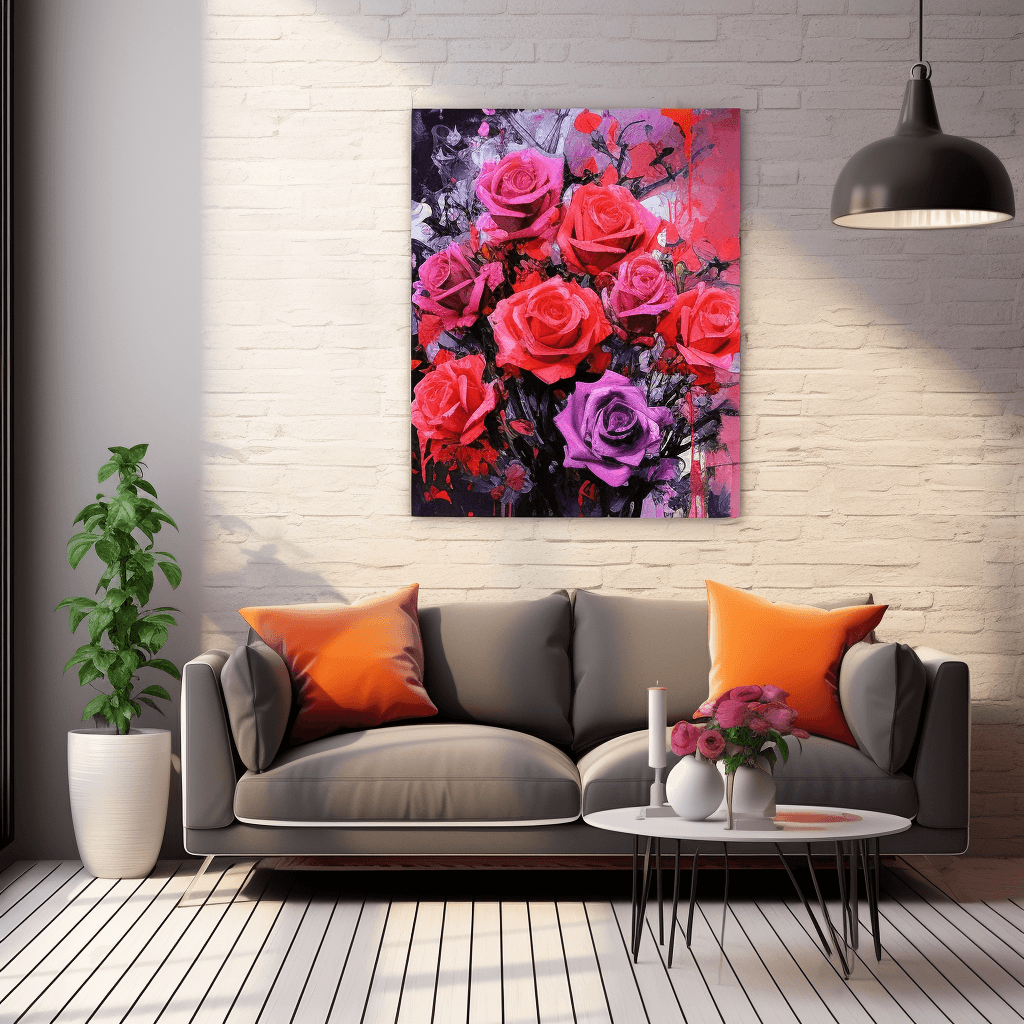Large art prints for rooms
Introduction
Large art has the power to enhance the aesthetic appeal and ambiance of both homes and offices. Choosing the right art and placing it strategically can greatly contribute to the overall design and atmosphere of the space. This article provides a guide on how to determine where and what kind of art to place in your home or office, ensuring that it complements the space and reflects your personal style and preferences.
Considerations for Art Placement
When determining where to place large art prints in your home or office, there are several factors to consider. Firstly, it’s important to take into account the existing style and theme of the space.Choosing art that complements the overall design ensures a harmonious and cohesive look.
Another consideration is the size and scale of the artwork. It’s crucial to select pieces that are proportionate to the furniture and the space itself. Oversized art can overpower a room, while tiny pieces may get lost and go unnoticed.
The color scheme and aesthetic of your space should also come into play when choosing art. Opt for pieces that align with the color palette and overall visual style of the room. This creates a cohesive and visually pleasing environment.
Additionally, consider the mood and atmosphere you want to create in the space. Large art prints has the ability to evoke certain emotions and set the tone of a room. Select pieces that resonate with the desired ambiance, whether it’s a calming and tranquil atmosphere or a vibrant and energetic one.
Lastly, take into account the purpose and function of the room. For example, the art in a bedroom may differ from that in a workspace or a dining area. Understanding the intended use of the space allows you to choose art that complements its function.
Exploring Different Types of Art
There are various types of art to explore when choosing pieces for your home or office. Paintings, prints, sculptures, and photographs are popular options. Each art form has its own unique characteristics and benefits. Paintings can add color and texture to a room, while sculptures can provide a three-dimensional element. Photographs capture moments and tell stories. Try an Acrylic glass print or even canvas print to brighten up your space.
Mixing different art forms can also add visual interest and variety to the space. Consider incorporating a combination of paintings, prints, sculptures, and photographs to create a diverse and captivating art collection.
When choosing large art prints, it’s essential to consider personal preferences and tastes. Select pieces that resonate with you on a personal level. Art is subjective, and what appeals to one person may not resonate with another. Trust your instincts and choose art that speaks to you.
Seeking inspiration from various sources is also beneficial. Online galleries, interior design magazines, and art exhibitions provide a wealth of options and ideas. Take the time to explore different styles, artists, and mediums to find art that captivates you.
If you’re unsure about making art decisions on your own, consider consulting with an art curator or an interior designer. Their expertise can provide valuable insights and guidance in selecting the right art pieces for your space.

Tips for Choosing Art for Homes and Offices
When it comes to choosing art for specific rooms, there are some room-specific tips to keep in mind. In the bedroom, consider investing in large-scale, statement pieces or art with soothing colors like blue tones and natural colors.This creates a calming and relaxing atmosphere.
In the living room, you can create a gallery wall with varied subjects and mediums. Consider the texture and color schemes of the room when selecting art. This adds visual interest and creates a dynamic focal point.
For the kitchen, choose art that reflects the function of the space. Canvas paintings of fruit or landscapes can add a vibrant touch. Additionally, playful and conversation-starting art pieces can make the kitchen a more lively and engaging space.
In the dining room, consider opting for bold and oversized art that makes a statement. Incorporate interesting pieces that serve as conversation starters. Sculptural pieces can also add a unique touch to the room.
For the bathroom, select art that creates a soothing and tranquil ambiance. Since bathrooms are typically smaller spaces, choose smaller pieces that fit the scale of the room. Quirky and unique statement pieces can also add an element of surprise.
In a workspace, let your art reflect your personal taste and style. However, keep in mind the need for de-personalization during video meetings. Display inspirational pieces or customized quotes that can motivate and inspire you.
When displaying art, proper framing and presentation are important. The right frame can enhance the visual impact of the artwork and protect it from damage. Consider the lighting in the room and how it interacts with the artwork.Experiment with different placements to find the most visually appealing arrangement.
Personal Preferences and Final Considerations
While considering various factors and tips, it’s crucial to trust your personal taste and preferences. Select art that resonates with you and reflects your individuality.Art should create an emotional impact and connection.
If you share your space with others, it’s important to address differing art preferences between partners. Find a balance and compromise that allows both individuals to express their tastes and preferences.
Matching the art with the age and decorative style of your home is also essential. Choose pieces that complement the existing decor and enhance the overall aesthetic appeal.
Practical considerations such as size, budget, and availability of art should not be overlooked. Measure the space you want to fill and consider the size of the artwork. Explore different resources and avenues to find art that fits your budget and is readily available.
Conclusion
Art plays a vital role in enhancing the aesthetic appeal and ambiance of homes and offices. By considering factors such as style, size, color scheme, mood, and purpose, you can choose art that complements your space and reflects your personal taste. Explore different types of art, seek inspiration from various sources, and trust your instincts. Remember that art is subjective, and the most important aspect is to choose pieces that resonate with you and add personality to your space.




